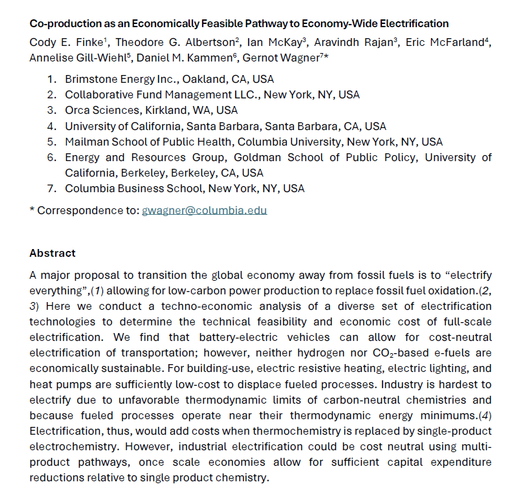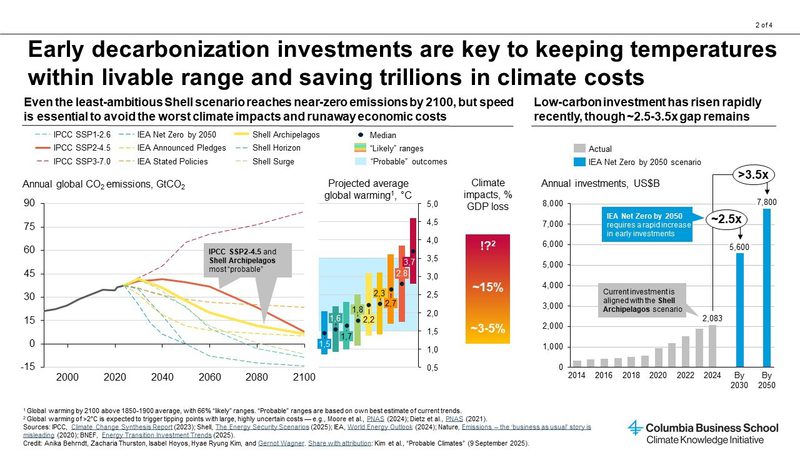China’s Phase-Out of Solar Feed-in Tariffs Is a Sign of a Mature Sector, Not a Waning One
China’s Solar PV installations dropped 85 percent in June after a planned subsidy phase-out. But far from a retreat from renewables, the country's energy policy reforms reflect an increasingly mature and competitive solar industry.
By Isabel Hoyos, Hyae Ryung (Helen) Kim & Gernot Wagner, with research support from Nicolas Herrera Isaza and Brenda Rain
This past June, China installed around 14 gigawatts of solar PV, 85 percent less than the previous month and close to 40 percent less than June of the previous year. This followed the final phase-out of the country’s guaranteed feed-in tariffs (FITs) on June 1.
When the global undisputed solar leader seemingly shifts its support away from the industry, the rest of the world pays attention. But rather than a warning sign about solar deceleration, China’s recent policy shifts are, if anything, a good sign of the continued – and increasing – competitiveness of solar power, and China’s own shift from regulation- to market-driven clean energy policy.
The phase-out of FITs wasn’t a sudden decision. China first introduced a national FIT of ¥1.15/kWh ($0.18/kWh) in 2011, following the successful adoption of earlier provincial pilots. This model was influenced by FITs pioneered by Germany in the early 2000s under its Renewable Energy Act (EEG).
China first reduced its FITs in 2013 to between ¥0.9 and 1.0/kWh ($0.13-0.14/kWh), depending on the region. The 13th Five-Year Plan (2016) included generous FITs as part of its strategy to achieve renewable energy targets, and laid out a gradual further tapering from 2016 to 2020.
The 14th Five-Year Plan (2021) marked a pointed shift in China’s policies from a centrally planned, subsidy-driven model of support to a more competitive energy market. Along with subsequent notices, the new rules ordered a final (staggered) phase-out of national FITs for most solar PV and onshore wind projects.

To ease the shift away from FIT, China introduced a protective contracts-for-difference (CfD) policy in 2025 for projects placed in service after June 1, where developers are compensated for any difference between market price and a fixed "strike price." It also expanded clean energy obligations of large energy users, mandating, for instance, that data centers source at least 80 percent of their power from renewables.
Since 2015, China has been gradually developing medium- and long-term power contracts, spot markets, and ancillary service markets. Market-based electricity trading volume surged from 1.1 billion MWh in 2016 to 6.2 billion MWh in 2024, accounting for 63 percent of nationwide electricity consumption. Cross-provincial trading expanded tenfold in that time. By the end of 2025, the government aims to establish a nationwide power spot market.

While the June 1 phase-out of FITs had long been planned, it did lead to a spike in installations in both April and May, similar to when Germany gradually phased down its FITs between 2004 and 2006, each time beginning January 1.
But China, of course, is still building. Overall, solar PV installations are strong and gaining strength, with an increase of well over 50x since 2013. China installed over 270 GW of solar power in 2024 alone, more than the rest of the world combined.

Solar and wind are no longer emerging technologies. They are mature and cost-competitive, and are still getting cheaper. That goes both for solar alone, and for solar plus storage. Lithium-ion battery prices dropped another 50 percent in just the past 18 months.
Solar can compete in the energy markets without the help of subsidies, as long as those energy markets are mature and complemented by robust energy infrastructure. China’s energy reform reflects just such maturity of the sector and echoes a broader trend toward market-driven clean energy policy.
Despite China’s solar dominance, the country is also still building coal capacity, with medium-to-long-term contracts locking in coal generation for decades to come. China’s push toward renewables and move toward market-driven energy policies does not absolve it of the need to price the negative carbon and broader pollution externalities of fossil energy.
First published by Columbia Business School on 15 August 2025.


